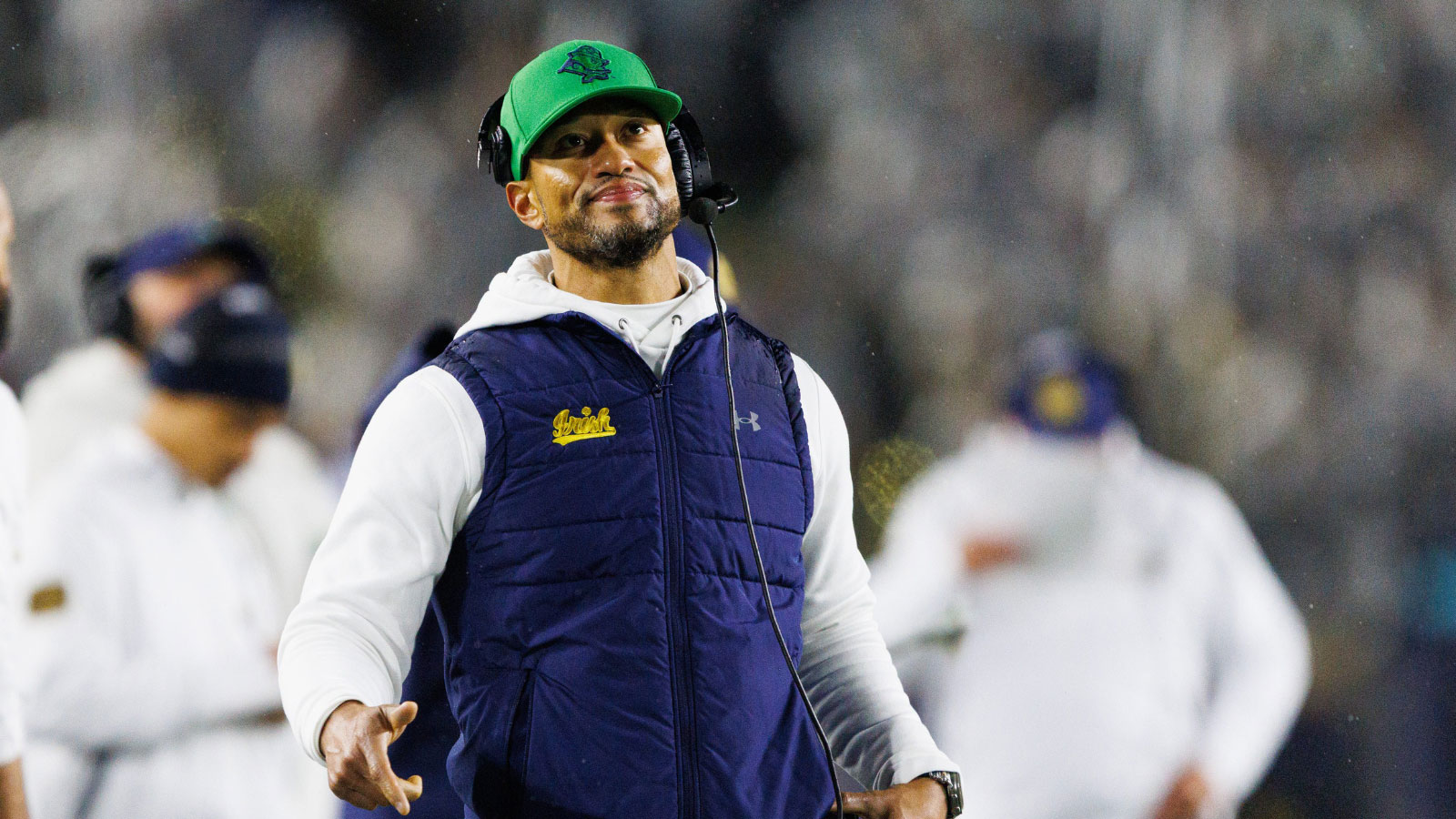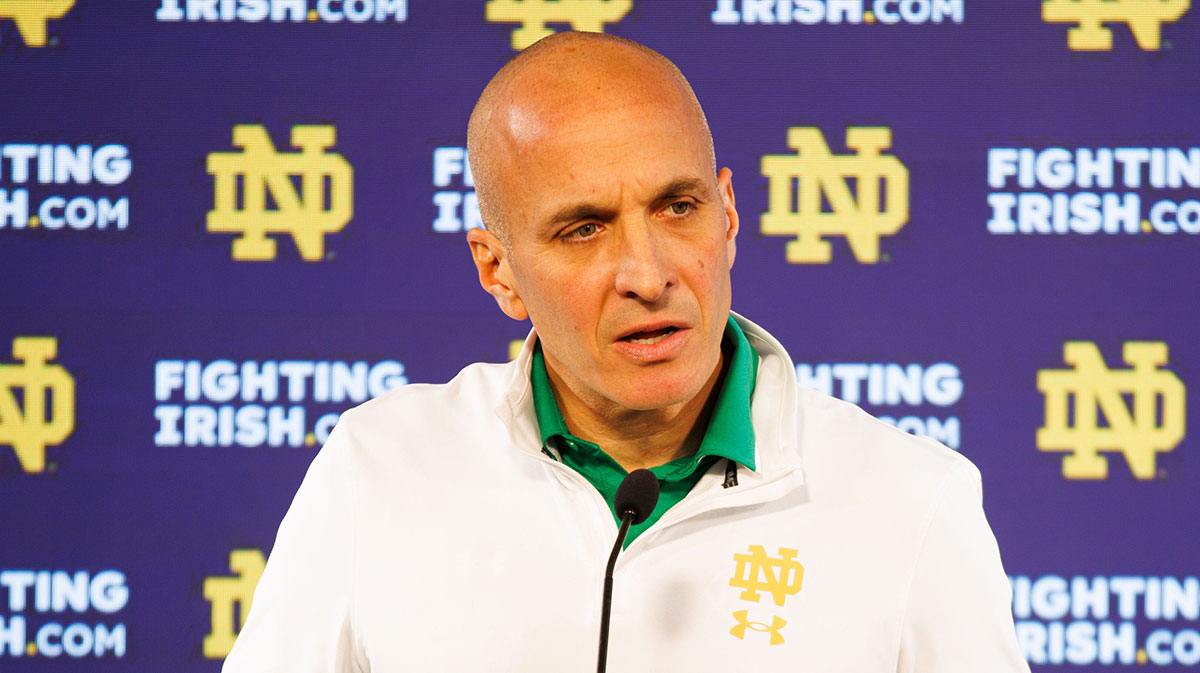A few seasons ago, if someone had asked whether the Clemson Tigers would be part of the inaugural 12-team College Football Playoff, the answer would have been a resounding “absolutely.” However, recent seasons have painted a much less certain picture for Clemson football.
Until this year, Clemson hadn’t made the College Football Playoff since 2020, when they fell to Ohio State in the Sugar Bowl. Since then, the Tigers have endured three straight seasons with at least three losses, including a four-loss campaign last year and another three this season—despite their return to the playoff.
Back in the era of the four-team format, Clemson was a perennial contender, consistently earning a spot in what was then a more exclusive playoff. But this year, with the expanded 12-team field, Dabo Swinney's Tigers needed a mix of fortune and determination to secure their place.
Heading into the final week of the regular season, Clemson's playoff hopes hinged on a significant upset. They needed Syracuse to take down Miami just to reach the ACC Championship Game—a scenario that felt improbable but became reality. After that, the Tigers had to beat SMU in the ACC title game to punch their playoff ticket. They got the job done on both counts.
Now, No. 16 Clemson is heading to Austin, Texas, this weekend to face No. 3 Texas in a first-round playoff game. This matchup highlights the uniqueness of the new playoff format, which features home playoff games and expanded opportunities for teams like Clemson—programs that may not have been included in the previous system.
Clemson earned the 12th seed as the ACC champion, a privilege granted to the five highest-ranked conference champions under the new rules. While some might argue the Tigers' inclusion reflects the expanded field rather than their dominance, it doesn’t mean they should be dismissed outright.
Yes, this year’s Tigers have flaws, as do most teams in the field. For Clemson, that flaw may be their inconsistent run game, even if they average rushing for over 170 yards per game.
Clemson's three losses has a lot in common

When examining Clemson’s three losses this season, a glaring theme emerges: an inconsistent rushing attack. This deficiency played a significant role in the Tigers' struggles against Georgia, Louisville, and South Carolina, where they managed only four total rushing touchdowns.
In the season opener against Georgia, Clemson failed to score a single rushing touchdown and posted just 46 rushing yards—a season low. Against Louisville, the Tigers scored two rushing touchdown late in regulation on a Phil Mafah runs, despite racking up 222 yards on 45 attempts. Meanwhile, against South Carolina, they managed 139 rushing yards on 32 carries but couldn’t turn those yards into game-changing scores.
The rushing struggles become even more evident when looking at Clemson’s performances in other key games. The Tigers were held to under 100 yards rushing in three games this season, resulting in a 2-1 record. Against Pitt, in a close game that went down to the wire, Clemson managed just 58 rushing yards, most of which came on a game sealing 50-yard run by Klubnik with just over a minute left. And in the ACC Championship Game against SMU’s stout run defense, the Tigers were held to 64 rushing yards with only one rushing touchdown.
While SMU’s defense ranked No. 4 in the nation against the run, Clemson will face another tough test in Texas. The Longhorns boast the No. 14 ranked rushing defense, allowing just 106.4 rushing yards per game and 16 rushing touchdowns on the season.
For Clemson to succeed in their first-round College Football Playoff matchup, the Tigers must find a way to establish the run. As effective as Klubnik has been at leading the offense this season, with both his arm and legs, Clemson will need a balanced attack to counter the pressure Texas’s defensive front is sure to bring. A one-dimensional game plan will likely play right into the Longhorns’ hands.



















